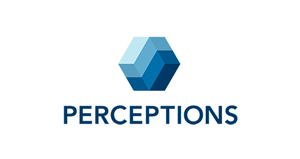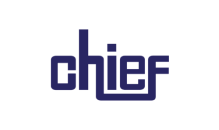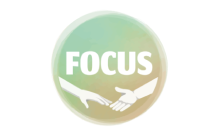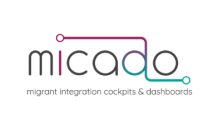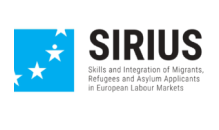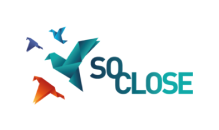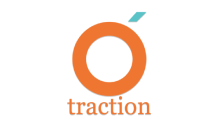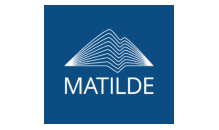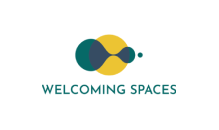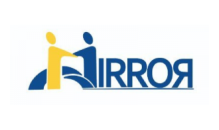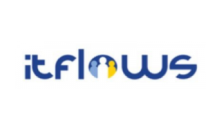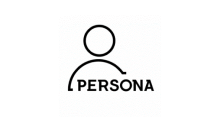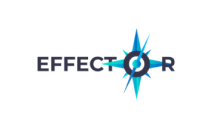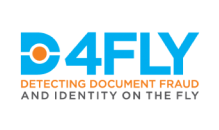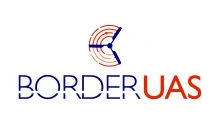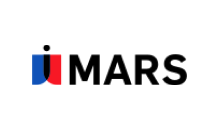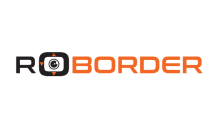Network & collaboration
PERCEPTIONS closely collaborates with its sister project MIRROR – Migration-Related Risks Caused by Misconceptions of Opportunities and Requirement.
MIRROR aims to develop an integrated platform, a set of tools, as well as a systematic methodology for the comprehensive inter-media analysis of the perception of Europe, the detection of discrepancies between perception of and reality in Europe, and the creation of awareness for the impact of such misconceptions.
The multidisciplinary consortium consists of fourteen partners from seven countries from research and industry, as well as practitioners. The consortium will cooperate to gain a better understanding of how Europe is perceived abroad and the mechanisms involved in the process. The MIRROR Project was launched in June 2019 and has a time period of three years.
